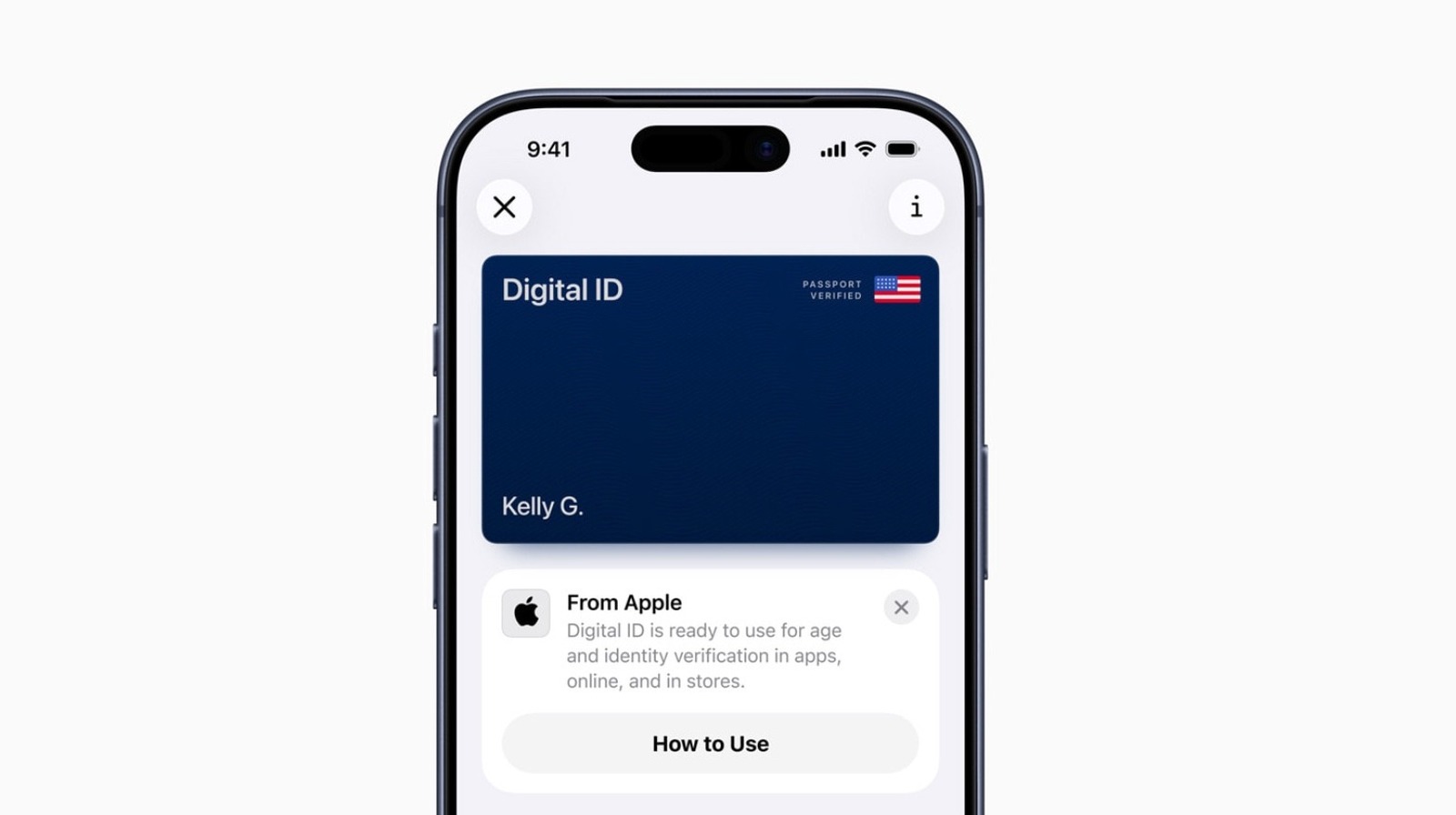Blessed Onuoha is a product designer at Interswitch and the founder of IBS Systems, a design platform that helps young professionals move from visual craft to product thinking. At Interswitch, she currently leads Tier 2 Mobile Finance Services (MFS) design projects, shaping digital banking experiences across Africa. Her portfolio includes leading major redesigns and new design initiatives for banks and fintech institutions across Africa.
She was the founding product designer at Kuraway, an e-commerce startup where she brought her design expertise to build the product experience from the ground up, balancing creativity, speed, and structure to bring the company’s vision to life and generate impressive revenue growth since launch. Blessed is deeply passionate about structure, intent, and community-driven design. Through IBS Systems, she’s building frameworks and resources that empower young designers to think beyond visuals and create scalable, meaningful products.
- Explain your job to a 5-year-old.
Picture this: You really love watching cartoons. A lot. One day, you try to watch one for the first time and, a few minutes into the show, you realize you don’t like it. Now, as a product designer, my work is to pay attention to the cartoons you enjoy and understand why you do. I also find ways to make more cartoons you love, so you don’t have to sit through the pain of watching a show you don’t like. Using what I know of you—the kinds of shows you enjoy—I make these new cartoons you will truly love and tell your friends about.
That’s not all. You know, cartoon companies make money through those cartoons you love? That’s my job in a nutshell. I make cartoons you love watching. In turn, the shows you love make money for the producers. I’m like the middleman between you and the owners of the show.
- With a background in microbiology, how did you get into design, and what gave you the conviction to stick with it?
I grew up in a part of Nigeria where education is highly encouraged. But there’s a strong inclination to train the girl child in handicrafts, as that is seen as a craft that will come in truly handy for them.
As a young girl in this space, I wasn’t good at any of the handicrafts. I wasn’t good at sewing, hairdressing, or even baking—all those practical skills everyone around me seemed to have. I spent five months in a salon after secondary school, and still, I couldn’t get the hang of it. People teased me, and though I tried to laugh it off, it hurt. So I turned my focus to what I knew I could do well: studying.
In my 2nd year in university, I joined ENACTUS. The people and the projects at ENACTUS—where I saw people do mind-blowing work with their digital skills—propelled me towards brand identity design. That was my starting point, and the rest, they say, is history.
- What singular achievement are you most proud of in your design career so far?
Leading tier 2 MFS design project at Africa’s biggest unicorn, Interswitch. Sitting in and being a voice of relevance in rooms filled with some of the biggest players within the African tech space, and working with the most amazing & talented teammates, that is truly an honour. When I was younger, I didn’t envision it on this scale; it’s a big reminder of what is possible.
- You have extensive experience working in the payments sector with banks and fintech companies. How do you approach design thinking in that industry?
Design is subjective and always changing. Every brand is different, even when they serve similar markets, so I treat each one as an individual entity. My work does not start with tools; it starts with a pen and paper. From ideas to BRDs, research, and PRDs, I write down anything that feels important. If it is not written down, it did not happen.
Asking questions is another key part of my process. I question stakeholders and users because I want to understand what success looks like for both. It is better to ask too many questions than to design something that misses the real expectations.
Once each PRD is clear, I begin iterating. Sometimes I sketch first, and other times I go straight to Figma, depending on the project and timeline. I also sit in on usability tests to hear users’ real-time reactions. It is always a bittersweet moment.
Every design is unique and should bring a solution. To achieve that, I keep people at the centre and build from the outside in.
- Having a lot of fintech and banking design experience, does it come easily to you to switch up when you wear a designer hat for other fields? How do you make that happen?
Oh, it comes really easily. Just the thought gets me excited. I believe that happens because the bedrock of the work I do is people. I think of the amazing apps or websites I use or stumble on, and I go, wowwww… that experience was beautiful. That is how I want everyone to feel when they use a product I design. This influences my thinking, my iterations, and even the way I research. My end goal is to see that the experience is easy and out of this world. I want the visuals to radiate beauty and give the audience a sense of comfort and familiarity, like being at home, across all the products.
- With AI embedding itself deeply into our lives, how do you see the technology disrupting the design process?
I remember watching Gilmore Girls, which aired in the early 2000s, and how their parents and Luke were so against new technologies like mobile phones. They said it was just a phase that would soon fade away. But it didn’t.
AI is not about to disrupt the design process; it has already done that. But in this process of disruption, it’s making the process better. It’s not building from scratch; it’s leveraging what exists, and it’s making it better. An example can be seen in this: after research and precise user-journey mapping, you can integrate design systems into Figma Make, the Figma AI tool, and have it generate designs from a given prompt. Designers, through careful thought, created that design system. Designers also pick up the work from Figma Make and iterate on it. It might not look like a lot, but it saves us time, and that is progress.
My only concern is for teams or designers who choose to hand over their thinking phase to AI and simply copy and paste AI-finished work. That will affect the user experience of products and limit the team’s ability to reach its full potential.
- How do you currently use AI in your work today? And how can that evolve?
AI is a really welcome development in my work lately, especially at the research stage. Using the right prompt and asking as many questions as possible, AI could provide links to helpful articles I read to better understand what I’m about to get into.
Now, to increase delivery in Figma, how can you use autolayout on two elements, then make progressive replicates that follow the arrangement on the first 2? (Example: a card with 1, then another with 2, after autolayout, you can make duplicates and automatically get 3, 4, 5, etc).
Next is a visual aid. I sometimes put a request prompt to Figma Make (an AI-assisting tool on Figma) and have it develop an initial pictorial view of the idea I’m working on. Something cool came with the last update that I can now integrate a Figma library into Figma Make and have it come up with this view, in line with my guidelines and styles.
How that evolves depends on the designers and their taste.
- What’s your hot take about design in fintech and banking, and what do you see brands doing wrong?
That it works doesn’t mean it can’t be improved. Because for some people/brands, it works, and that is good. But good can become great, and if you don’t take the initiative to make it great with the audience you have, another brand will come in and build on your initial idea, making it great. By then, you will be struggling to play catch-up.
Another problem is building inside-out instead of outside-in. Got an idea? Develop the BRD, then pass it to the PMs to produce the PRD. Then have designers work on them, develop, launch, and move on to do the same for another feature or product.
No validation, just hypothesis and instincts. Let’s take some time to study the most amazing brands today. How do they validate their ideas, the place of research in the product-development lifecycle, the place of usability testing, and also knowing when to drop ideas, no matter how good they sound? The reason could be that you don’t have the right market, or that the idea is for an appointed time, not just yet. That’s valid, too, as times and seasons matter—and should be considered—when pushing out a product or a feature.
- What’s one thing people get wrong about the work you do?
“Is it not just to design screens and make them beautiful?” No, it’s not. It’s bringing designers in from the ideation phase, not just sending a PRD. Or the people who say, “Oh, we don’t need researchers.” It’s unbelievable. Research is one of the major bedrocks of an outstanding product. There’s more, and they’re all wrong notions.
If you see or experience an amazing product, look again, it’s not just the blend of colors or shapes, it’s the decision behind each pixel, each shape, each placement. And that comes from a depth of experience, data, and intentionality.









